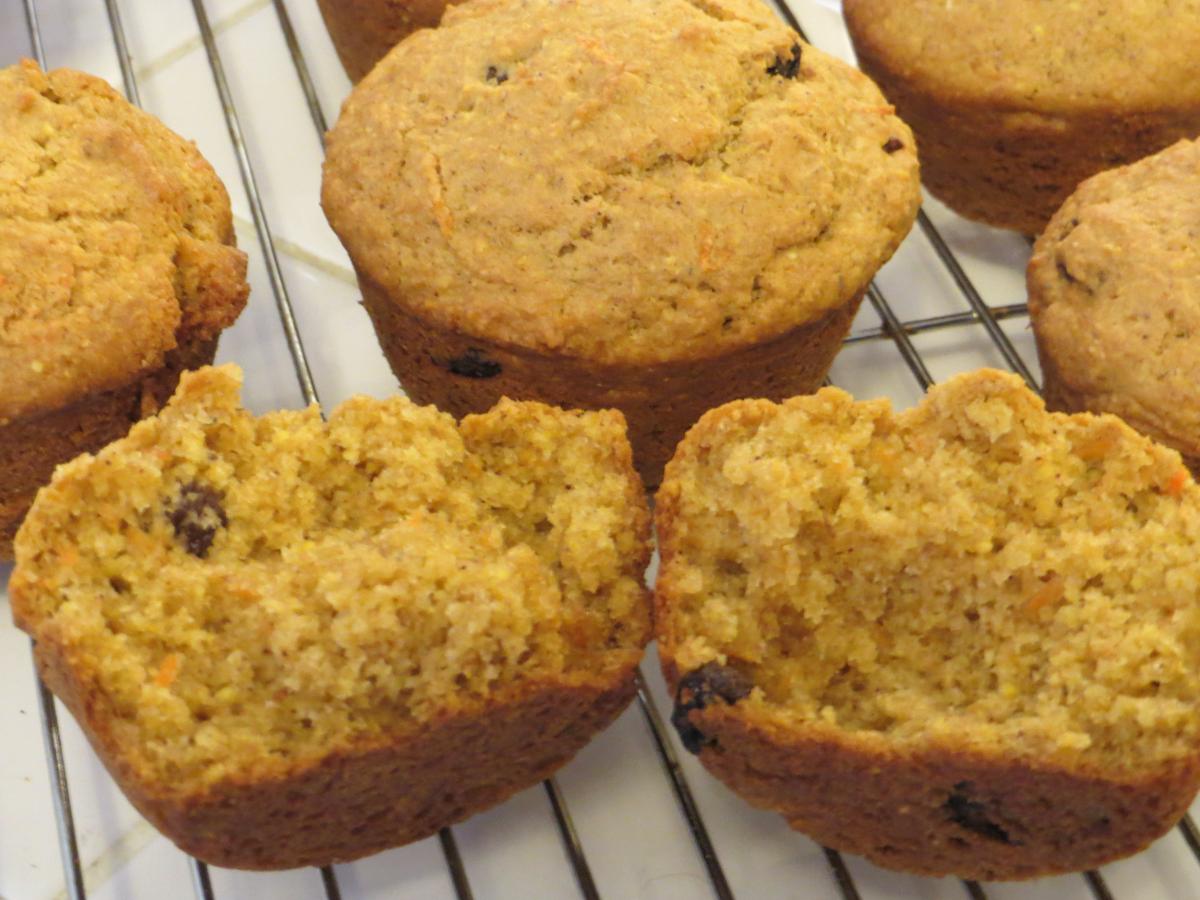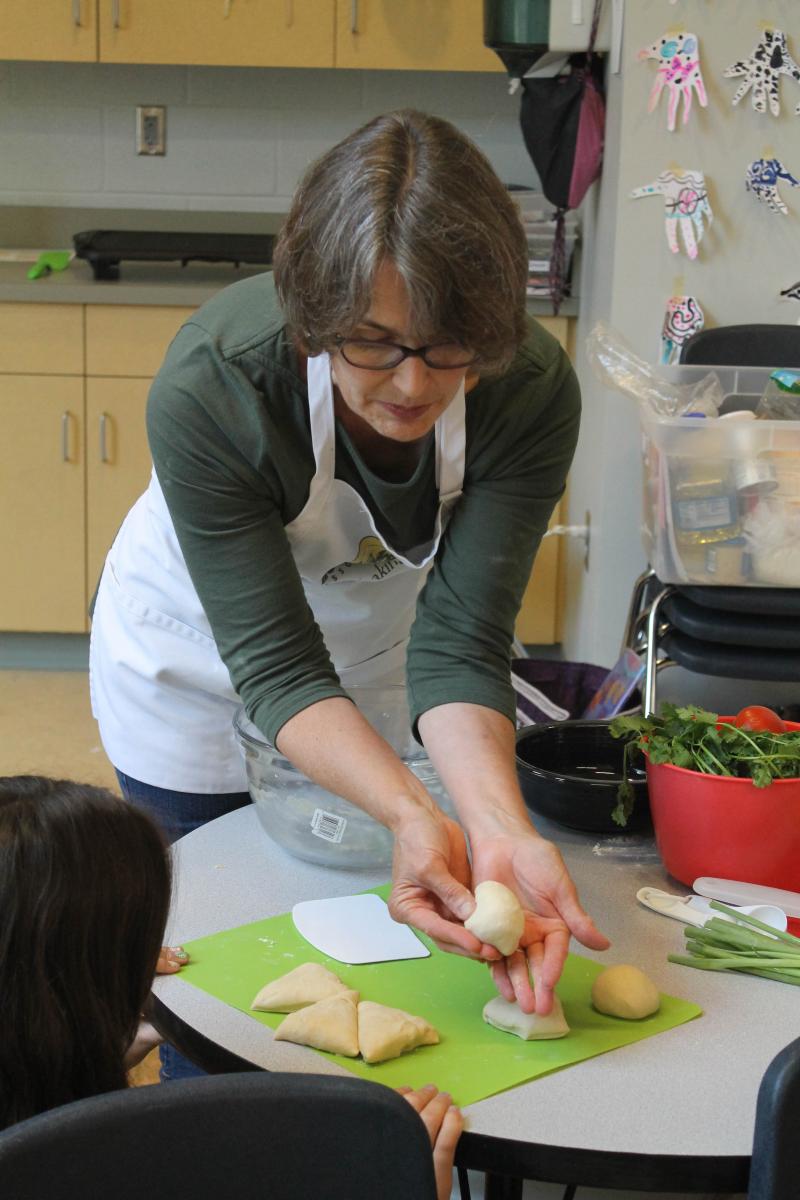Share This
Dietitians and health professionals know that good nutrition starts in the kitchen. That’s why we’re excited to share some healthy home baking tips from Sharon Davis, of the Home Baking Association. Home baking is a great way to build traditions, explore history and culture, develop necessary life skills, build self-esteem, save money, and learn about food and ingredients. Check out Sharon’s guest blog below to learn more about healthy whole grain baking.
By Sharon Davis, Home Baking Association
This summer why not make the family’s food a team sport? The memorable summer activities are usually done together…and are an adventure, right? You can even count cooking and baking as part of getting more active! Slip on a Fit Bit and see how many steps get logged baking and cooking.
Don’t leak it to the kids, but kitchens are a natural learning center for math, reading, science, art and engineering! Learning food skills will “pay it forward,” boosting reading, following directions, solving problems, improving eye-hand coordination, scientific thinking, math operations and artistic expression and communication skills. Bet you won’t mind saving the thousands of dollars and improved, health and relationships cooking and eating at home provides.
Once you know you’d like to incorporate more home-cooked meals into your family’s diet, why not start where the benefits are huge, like adding more whole grains? After all, if kids (and adults) plan, shop for and prepare the food, they’re often more likely to adopt whole grain foods! With kids out of school for the next couple of months, the summer is the perfect time to adopt a whole grain baking routine at home. Below are five tips to help you get started:
1. Start with ONE GOAL, and be intentional: Bake or cook once daily with whole grain ingredients. Choose eight to ten new recipes (one a week for summer) like a whole wheat pizza crust, 100% whole wheat bread, or your own great grains granola. Just as soccer, baseball and tennis require practice and goal setting, treat cooking and baking the same way. Plan “kitchen time” three times a week, and choose who’s “playing” what positions and what each does. Here are some resources to get you started.
2. Boost your pantry with easy-to-bake whole grain items, such as whole wheat flour, oatmeal, and whole cornmeal. Once you’re ready to branch out, this webpage lists several other healthy whole grains that add an unparalleled rich flavor to baked goods.
3. Safety First! Read the Safe Kitchen Checklist and Fight Bac. Then, tour the kitchen, locate and name tools, and set rules, guidelines and clean up requirements. BASICS: Wash. Measure accurately. Demo knife skills and mixer safety. Emphasize no eating raw batter or dough, and zero batter or oil may go in the drain!
4. Make it a Family Affair: If you’re unsure which kitchen tasks are age appropriate for different children, read The Thrill of Skill and Ten Tips for Baking Success (also available in Spanish). Plan what older youth or adults will assist younger children. A Skills Check List can help kids mark their progress, and Kitchen Science activities (like this one about waffles and leavening) make learning fun.
5. Share your skills. Once your family gets the hang of whole grain baking, share your tasty creations with friends and neighbors, so that they can sample the hearty goodness of whole grain foods. Demonstrate or enter baked goods at a fair, or channel your efforts to a good cause with a bake sale featuring delicious whole grain confections. You can even get fancy by artfully sculpting your dough (this DVD offers techniques).
Do you have no-fail tips to get families into the kitchen? Share in the comments below!



Add a Comment